Growth in Construction Activities
The Low Temperature Laminated Glass Market is poised for growth due to the ongoing expansion of construction activities across various sectors. With urbanization on the rise, there is a substantial increase in residential, commercial, and industrial construction projects. This surge in construction is accompanied by a growing preference for modern building materials that enhance aesthetics and functionality. Low temperature laminated glass is favored for its ability to provide safety, sound insulation, and UV protection, making it an attractive choice for architects and builders. Market data indicates that the construction sector is projected to grow at a compound annual growth rate of 5% over the next five years, further driving the demand for innovative glass solutions.
Rising Demand for Energy Efficiency
The Low Temperature Laminated Glass Market is experiencing a notable increase in demand driven by the global emphasis on energy efficiency. As energy costs continue to rise, consumers and businesses alike are seeking solutions that reduce energy consumption. Low temperature laminated glass offers superior insulation properties, which can significantly lower heating and cooling costs. According to recent data, buildings utilizing this type of glass can achieve energy savings of up to 30%. This trend is particularly evident in regions where energy regulations are becoming more stringent, compelling builders and architects to adopt energy-efficient materials. Consequently, the demand for low temperature laminated glass is expected to grow as stakeholders prioritize sustainability and cost-effectiveness in their projects.
Increased Awareness of Safety Standards
The Low Temperature Laminated Glass Market is benefiting from heightened awareness regarding safety standards in construction and manufacturing. As regulations become more stringent, there is a growing need for materials that meet safety requirements. Low temperature laminated glass is recognized for its ability to withstand impact and reduce the risk of injury in case of breakage. This characteristic is particularly appealing in high-traffic areas and public buildings. Furthermore, the increasing focus on workplace safety and building codes is likely to propel the adoption of laminated glass solutions. As safety regulations evolve, the market for low temperature laminated glass is expected to expand, driven by the need for compliance and enhanced safety measures.
Technological Innovations in Glass Manufacturing
The Low Temperature Laminated Glass Market is witnessing advancements in manufacturing technologies that enhance the performance and versatility of laminated glass products. Innovations such as improved bonding techniques and the integration of smart technologies are making low temperature laminated glass more appealing to consumers. These advancements not only improve the durability and aesthetic qualities of the glass but also enable the incorporation of features like self-cleaning and energy-efficient coatings. As manufacturers continue to invest in research and development, the market is likely to see a rise in product offerings that cater to diverse consumer needs. This trend suggests a promising future for low temperature laminated glass as it becomes increasingly integrated into modern architectural designs.
Regulatory Support for Sustainable Building Practices
The Low Temperature Laminated Glass Market is supported by regulatory frameworks that promote sustainable building practices. Governments and regulatory bodies are implementing policies that encourage the use of environmentally friendly materials in construction. Low temperature laminated glass aligns with these initiatives due to its energy-efficient properties and potential for recycling. As more countries adopt green building standards, the demand for sustainable materials is expected to rise. Market analysis indicates that regions with robust environmental regulations are likely to see a higher adoption rate of low temperature laminated glass. This regulatory support not only fosters market growth but also encourages manufacturers to innovate and develop more sustainable products.




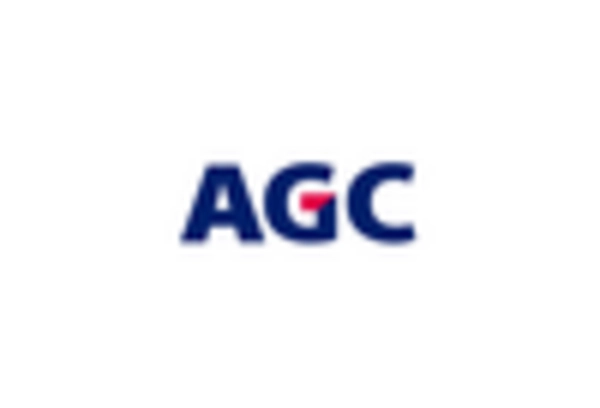
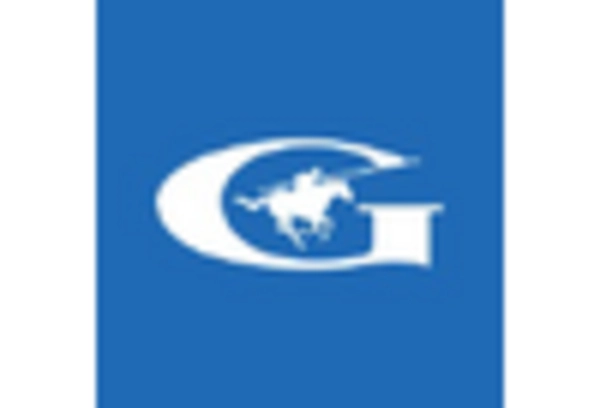
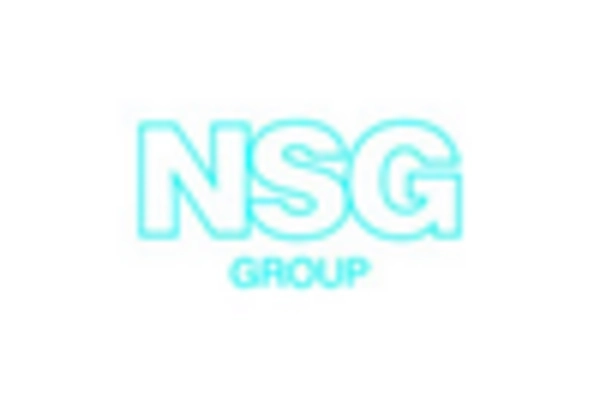
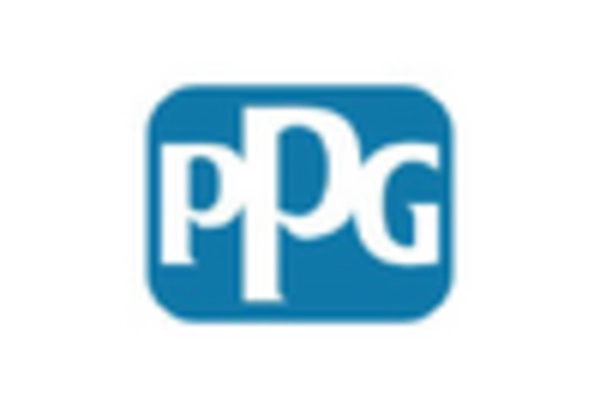

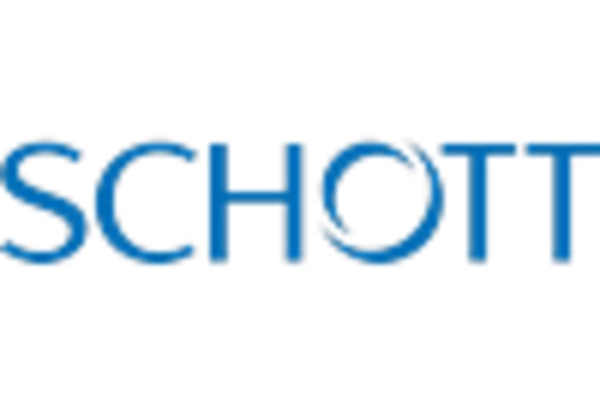








Leave a Comment